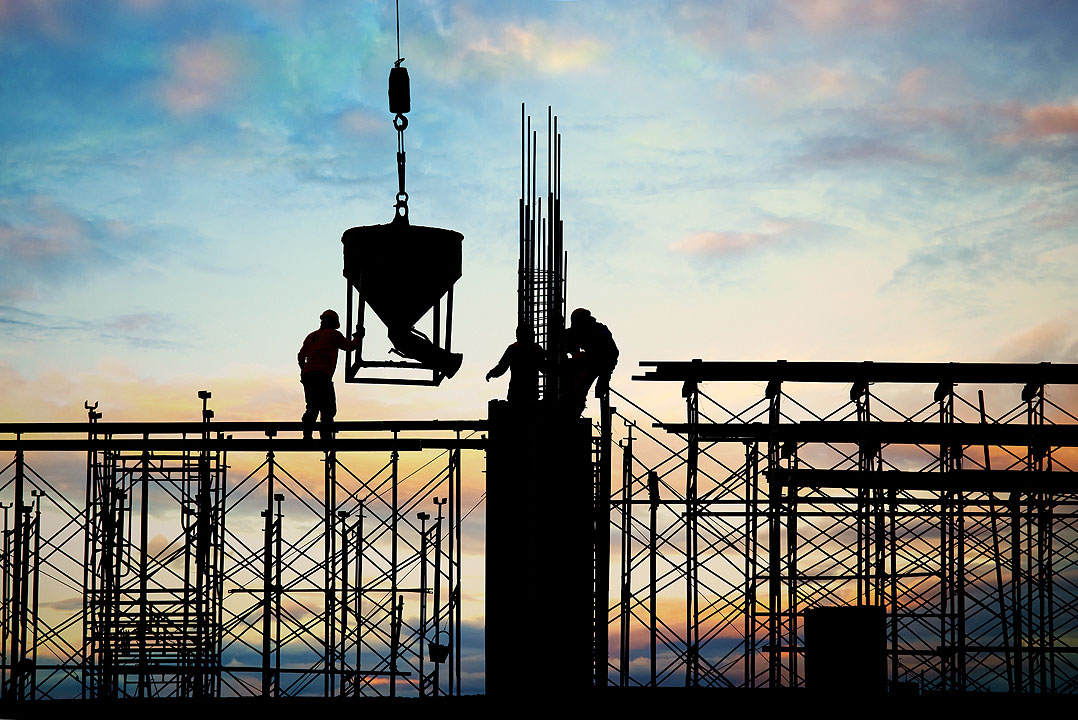
Numbers Don’t Lie
By Andrew J. Masigan

The country’s infrastructure network was at its breaking point when President Benigno Aquino III took office in 2010. Roads and bridges were acutely insufficient; airports and seaports were ageing, badly managed and short of capacity; railways were decrepit and poorly maintained; flood control structures were few and far between.
We faced an infrastructure crisis brought about by anemic spending over 11 years under the Estrada and Arroyo presidencies. Average infrastructure spending amounted to less than 1.5% of gross domestic product (GDP) for the said period, three times less than what it should have been.
All these came to a tipping point during President Aquino’s term. It choked economic development, jacked-up the cost of doing business and, more significantly, caused untold inconvenience for us all.
Duterte propagandists, particularly those whose mission is to vilify anything related to the Aquino brand, would like us to believe that the former administration did little towards infrastructure development. This is a lie. A review of the data shows that infrastructure spending increased five-fold during Aquino’s term, from P145.5 billion in 2011 (1.8% of GDP) to P759.6 billion in 2016 (5% of GDP). Although this pales in comparison to the debt-driven spending of the Duterte administration, these amounts were the most that the Aquino government could muster at that time.
The Aquino government cleverly augmented government-financed projects with those financed through Public Private Partnerships (PPPs). Among them are the Mactan International Airport, built and managed by Megawide Corp.; the NAIA-Expressway and Skyway Stage 3, built by SMC Infrastructure; Daan Hari-SLEX Link by Ayala Infrastructure; and the NLEX Harbor Link Road by the Metro Pacific Group.
Back in 2010, the Department of Public Works and Highways (DPWH) penned an ambitious masterplan to elevate Philippine infrastructure to regionally competitive levels. This involved the expansion of road networks, the upgrade of maritime ports and airports, the expansion of railways, the construction of flood control structures, and building classrooms for the Department of Education.
What made the masterplan unique was that it was not politically driven. Infrastructure projects were initiated not based on the political leanings of a particular local government unit (as it was during the Estrada and Arroyo years) but based on necessity and its role in the overall masterplan.
In fact, a review of infrastructure spending from 2010 to 2016 shows that Mindanao got the bulk of the appropriation with a 31.6% share. It was followed by Northern Luzon with a 22.9% share, Southern Luzon with 19.6% share, the Visayas with 18.5% share, and the NCR with 7.4% share.
The Mindanao Logistics Network Masterplan was also formulated to make the island more conducive for agro-industrial manufacturing. A massive 2,206 kilometers of new roads were built at the cost of P80.4 billion.
In terms of roads, the masterplan called for the construct of high quality, multi-lane roads to link airports and RORO ports to tourism sites and industrial zones. For agrarian communities, the thrust was to link farms to markets. A total of 18,547 kilometers of national roads and 8,931 kilometers of local roads were built from 2011 to 2016. This includes the Baybay City Diversion Road in Leyte, the Candelaria Bypass Road in Quezon, the Laoag City Bypass Road in Ilocos, the Butuan-Cagayan de Oro link, the Plaridel Bypass Road in Bulacan, the Abbut-Conner-Kabugao-Solsona Road in Apayao, the Duyoc Calaan-Panitian Road in Capiz, and the STAR Highway in Batangas, among others.
A total of 1,550 kilometers of tourism-related roads were built primarily in Palawan, Batangas, Bohol, Banaue, and Surigao.
As for bridges, 107,579 linear meters of national bridges and 16,550 linear meters of local bridges were built. All wooden bridges were replaced with ones made of concrete and steel.
For flood control, 12,072 projects were completed which include new dikes, river walls, drainage, and mini dams. Among them were the Obando flood control project in Bulacan, the Tibu River channel in Legazpi City, and the Mandaluyong main drainage project.
For the Department of Education, 35,484 classrooms were constructed, 10,000 of which were built via PPP (care of Megawide Corp.) and 1,138 funded by PAGCOR (the Philippine Amusement and Gaming Corp.).
Railways, airports, and seaports are another story since these were under the jurisdiction of the Department of Transportation and Communications (DoTC). Admittedly, the DoTC’s performance was not as stellar as that of the DPWH. It is better remembered for mismanaging the accident-prone MRT-3 and NAIA (named world’s worst airport) rather than its body of good work. To be fair, the DOTC laid the groundwork for the LRT 1 extension to Cavite and the MRT2 extension to Antipolo. It also initiated the expansion and privatization of the Caticlan airport, finished construction of the Laguindingan airport, and initiated the construction of the airports in Puerto Princesa, Bacolod, Iloilo, and Bicol, among others.
All things considered, to say that the Aquino administration did little towards infrastructure development is both untrue and unfair. It did a lot considering the scarce resources it had to work with. They certainly did much more than President Gloria Macapagal Arroyo’s government.
The Duterte administration is fortunate in that President Aquino left him an economy in the pink of health. Debt was down to 44% of GDP, Government International Reserves were up to $84 billion, Government’s revenue collection ratio was up to 15.2%, the budget deficit was at a manageable 2%, and both foreign direct investments and export revenues were up. All these gave the Duterte government the latitude to borrow and spend on infrastructure. It is a case of one administration riding on the success of its predecessor, as it should be.
The tragedy is that the Duterte government will not be leaving an economy in good health. The budget deficit is at alarming level as is the national debt. Meanwhile, most sources of tax revenue have dried up. Although it is mostly pandemic induced, records show that the degradation of the economy really started in 2018, only to fall off the cliff with the mismanagement of the contagion.
The next administration will be hard pressed to sustain the current trend of infrastructure spending of five to six percent of GDP. But then again, we should never underestimate a determined Chief Executive. As seen in the case of President Aquino, much can be done with scarce resources if only good governance is put into play.
Andrew J. Masigan is an economist
Facebook@AndrewJ. Masigan
Twitter @aj_masigan